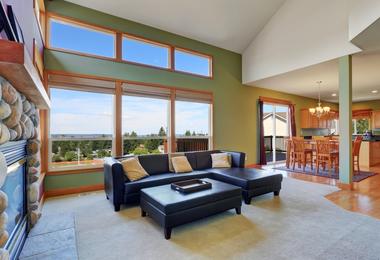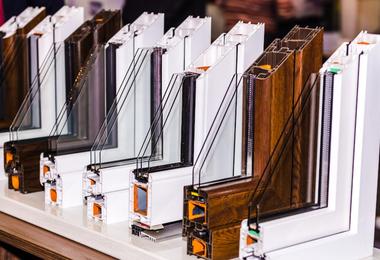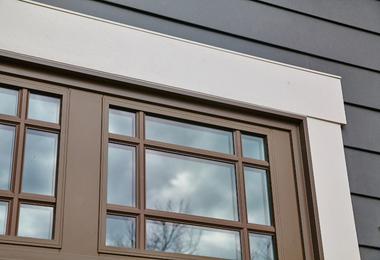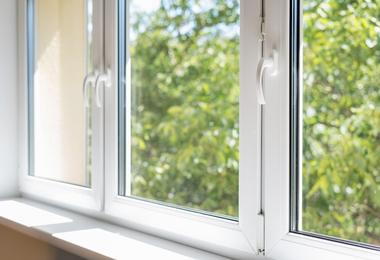Window Types

Clerestory Windows: How They Improve Light, Privacy, and Comfort in Canadian Homes
Clerestory windows are often associated with modern architecture, but their value goes far beyond visual appeal. These high-set windows have been used for centuries to bring light, air, and balance into spaces where traditional windows fall short.

Maximize Light and Style: The Advantages of Floor-to-Ceiling Windows
Floor-to-ceiling windows (also known as window walls or glazed walls ) are expansive glass panels stretching from the floor slab to the ceiling, often 8–10 feet tall or more. These architectural features replace portions of walls with glass, enhancing both the interior and exterior character of a home.

Best Soundproof Replacement Windows: Do They Even Exist?
Many homeowners search for “soundproof windows,” but it’s important to clarify expectations: no window can eliminate noise. Instead, windows are designed to reduce and disrupt sound waves, lowering outside noise levels to a tolerable, often barely noticeable, level.

Double Pane or Triple Pane Windows?
For homeowners, windows are more than an architectural detail — they are a key component of energy efficiency, comfort, and long-term value. The decision between double-pane and triple-pane windows has a direct impact on heating and cooling costs, noise levels, and the overall comfort of a home.

Matte vs Sheen Window Finishes: What’s Best for Your Home?
When it comes to window finishes, choosing between matte and glossy finishes has a bigger impact than many homeowners expect. While the structure and placement of a window influence the room’s layout, the finish subtly guides how the room feels and behaves under different lighting conditions.

Vinyl Windows: Pros and Cons
Vinyl windows are crafted from polyvinyl chloride (PVC), a plastic compound known for its strength, durability, and resistance to moisture. This material offers an alternative to traditional window frame options such as wood, aluminum, and fibreglass. Let's break down the defining features and differences between these types.
- Maritimes 6
- Product Comparisons 25
- Buying Guides 23
- Doors Types 30
- Energy Efficiency and Sustainability 38
- Home Improvement 24
- Installation and Replacement Tips 22
- Local Guides 41
- Maintenance and Repairs 30
- Manufacturers Reviews 7
- Pricing and Financing 14
- Room-Specific Windows 15
- Safety and Security 9
- Seasonal Tips 6
- Window Styles 12
- Window Types 40
- Past Projects



